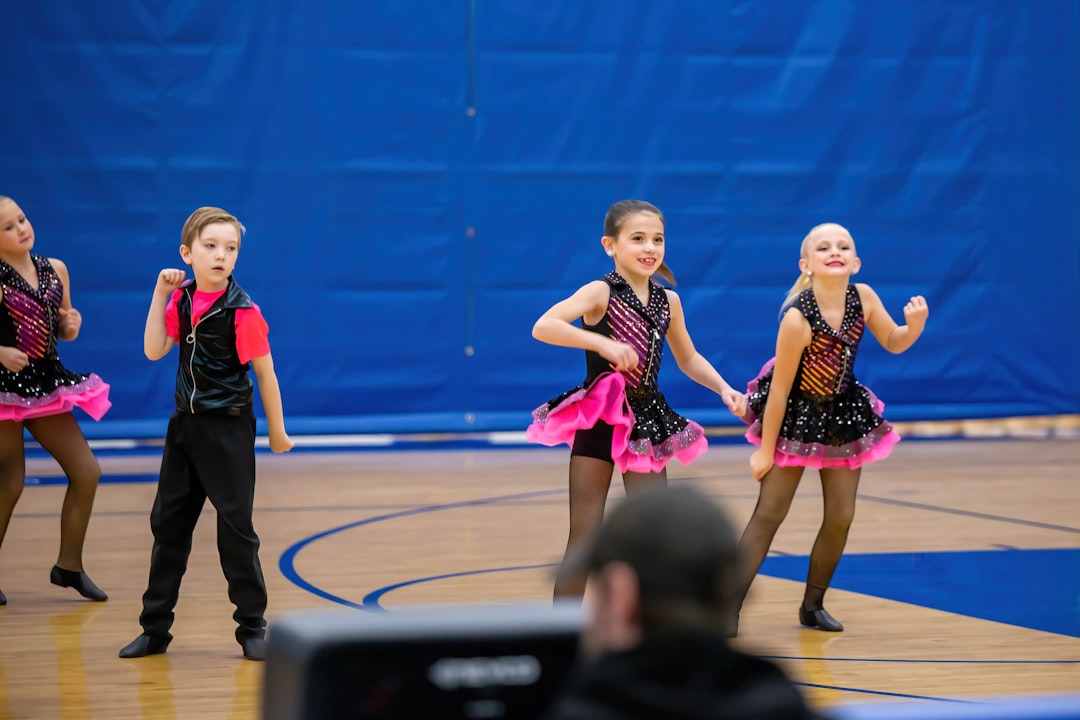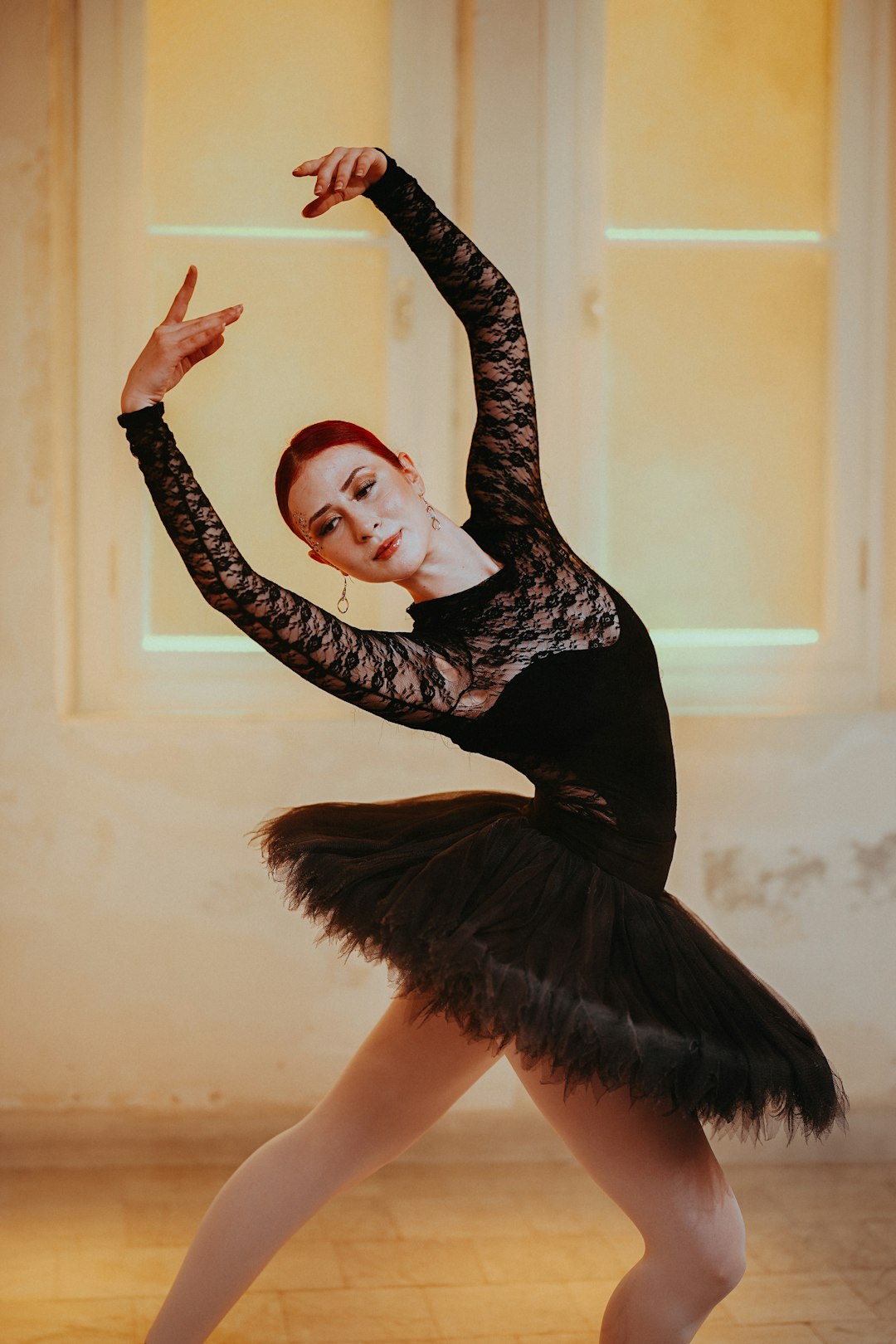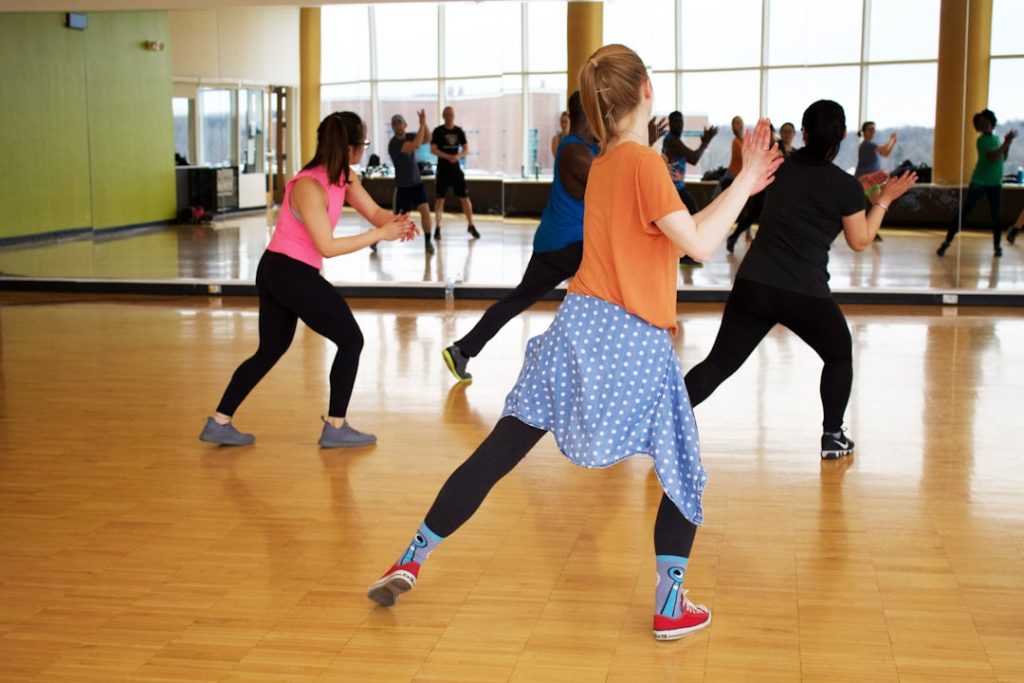Few topics generate as much debate in creative and athletic communities as the categorization of dance. Is it an art form that expresses emotion through movement, or a sport that demands extreme physical endurance and precision? The answer, increasingly acknowledged by professionals and researchers alike, is that dance is both. It marries physical prowess with artistic expression, demanding competition-ready discipline and choreography that stirs the soul. Understanding this dual nature requires looking closely at what defines both art and sport—alongside how dance is judged on global stages.
Why Dance Is a Sport
To regard dance solely as performance art is to overlook the intense physical demands it places on the human body. Classical ballet dancers, hip-hop performers, and ballroom competitors alike must maintain peak physical condition to execute complex routines with grace and stamina.
- Physical Training: Dancers often undergo training routines comparable to those of Olympic athletes. This includes strength training, cardiovascular conditioning, flexibility exercises, and long hours of practice to master technique.
- Injury Risk: Just like athletes in traditional sports, dancers are prone to injuries—such as stress fractures, tendonitis, and sprains—demonstrating the physical toll of their craft.
- Endurance and Precision: Successful dance performances require exact timing, muscle control, and coordination, which are also essential elements in sports like gymnastics or figure skating.
In fact, many national and international organizations now recognize dance as a sport. Competitive forms like ballroom dancing (also called Dancesport) are regulated by federations such as the World DanceSport Federation (WDSF). These events are judged under sports-like criteria, and competitors often train under athletic conditioning regimes.

Why Dance Is an Art
At its core, dance communicates. A performer tells a story, embodies emotion, or evokes a visual aesthetic that resonates with audiences. Unlike many sports, where the central goal is to outperform the opponent by measurable outcomes, dance incorporates subjective elements like style, creativity, and emotional connection.
Dance belongs within the same family as music, theater, and painting when it comes to expressing culture. The movements may follow precise rhythms, but the grace and flow are tailored around intent and feeling. It is this capacity for communication that establishes dance as a universally respected form of art across cultures.
- Cultural Expression: Traditional dances from different regions—such as flamenco from Spain or Bharatanatyam from India—are deeply tied to cultural histories and stories.
- Creative Interpretation: In genres such as contemporary dance, performers infuse personal emotion and interpretation into each movement. No two artists will perform the same choreography identically.
- Aesthetic Experience: Audiences connect with dance much as they do with a symphony or a painting—not by score, but by sensation and interpretation.
Ultimately, this artistic side of dance is what draws in enthusiasts who might not otherwise engage with competitive or athletic activities. It bridges the gap between physical mastery and emotional storytelling.

The Merging of Art and Sport in Dance
So, what makes dance unique is not simply that it is physical or expressive—but that it is both at once. This dual identity is evident in how different types of dance are treated across the world stage.
Take competitive dance, for example. Styles such as hip-hop, jazz, and contemporary are often the focus of televised reality shows and global competitions. These combine both technical scoring and subjective judgment. Athletes are expected to perform lifts and spins requiring intense athleticism while also maintaining choreography that captivates and tells a story.
Another example lies within ballet companies. Dancers may not “compete” per se, but their roles are often earned through internal challenges that require rigorous technical excellence, repetition, and physical strain comparable to any elite sport.
How Judging Works in Dance Competitions
Given that dance embodies both athletic and artistic qualities, judging it requires a hybrid approach. Competitions use structured criteria that balance technical and artistic performance. Though the exact metrics may vary across styles and organizations, most professional competitions evaluate dancers using these broad components:
1. Technical Merit
- Accuracy: Are the movements technically correct?
- Precision: How well does the dancer synchronize with music and timing?
- Body Alignment and Control: Is posture maintained correctly throughout the performance?
2. Artistic Expression
- Interpretation: Does the dancer convey the intended mood or theme?
- Creativity: Is the routine unique and innovative?
- Musicality: How effectively does the performance flow with the music?
3. Presentation and Stage Presence
- Confidence: Is the dancer engaging and assertive on stage?
- Costume and Style: Does the appearance fit the routine and theme?
- Audience Engagement: Does the performance captivate viewers and judges?
In competitions like the World Hip Hop Dance Championship or the Youth America Grand Prix for ballet dancers, judges are usually a panel of experts familiar with multiple facets of dance—often including former performers, choreographers, and educators. While some subjectivity is inevitable, structured score sheets help judges balance their decisions with fairness and consistency.
Challenges in Judging Dance
Despite structured criteria, dance remains difficult to judge entirely objectively, especially compared to sports with clear scoring systems like tennis or swimming. Human bias, stylistic preferences, and the diversity of genres make universal standards elusive. A judge with a background in ballet may perceive technical excellence differently than one trained in jazz or modern dance.
- Subjective Bias: Personal taste can influence judges, particularly in evaluating artistic expression and presentation.
- Style Diversity: Scoring across vastly different styles on the same stage (e.g., tap vs. lyrical) can complicate consistency.
- Performance Context: Live performances can vary due to lighting, sound quality, or even audience reactions, which can affect perception.
Because of these complexities, many competitions now use multiple judges and weighted criteria to minimize bias, much like in figure skating or gymnastics. Video replay and feedback also provide opportunities to review and improve scoring accuracy.
Why This Dual Identity Matters
Recognizing dance as both a sport and an art elevates our appreciation for the discipline it requires and the beauty it delivers. For dancers, this identity affirms that they are both storytellers and athletes—people who compete, express, and inspire simultaneously. For society, it reshapes our understanding of excellence, showing that performance can be beautiful while still being rigorous and physically demanding.
Furthermore, as dance becomes more visible through social media, global competitions, and mainstream entertainment, conversations around its categorization will continue to evolve. Understanding its dual nature helps validate the work dancers put into their training and creativity, offering them the same respect given to top-tier athletes or virtuoso artists.
Conclusion
To ask whether dance is a sport or an art is to miss the essence of what makes it so powerful. Dance lives in the overlap—demanding muscle memory and balance while inspiring emotion and telling stories. Its performers must think like athletes and feel like artists. Whether pirouetting under stage lights or battling in a hip-hop cypher, dancers embody a discipline that transcends labels.
So yes, dance is both a sport and an art. And perhaps more importantly, it is a celebration of what the human body and spirit can achieve when they move in harmony.
